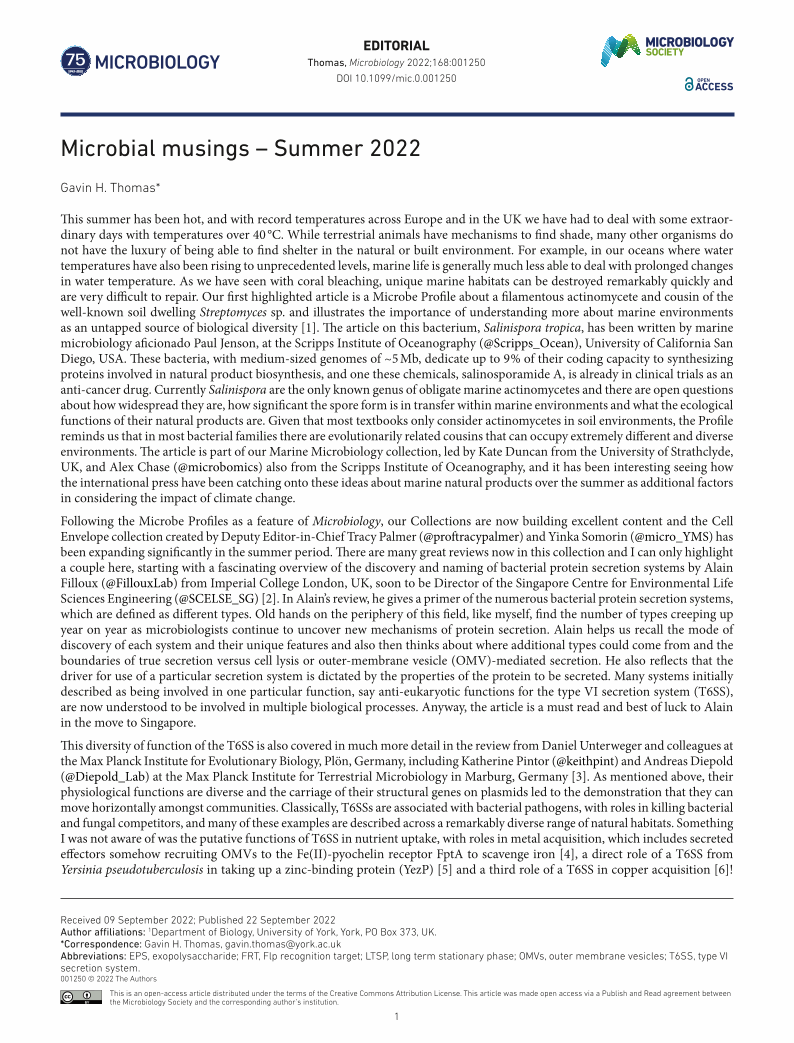
Full text loading...


Microbial musings – Summer 2022, Page 1 of 1
< Previous page | Next page > /docserver/preview/fulltext/micro/168/8/mic001250-1.gif
There is no abstract available.

Article metrics loading...

Full text loading...
References

